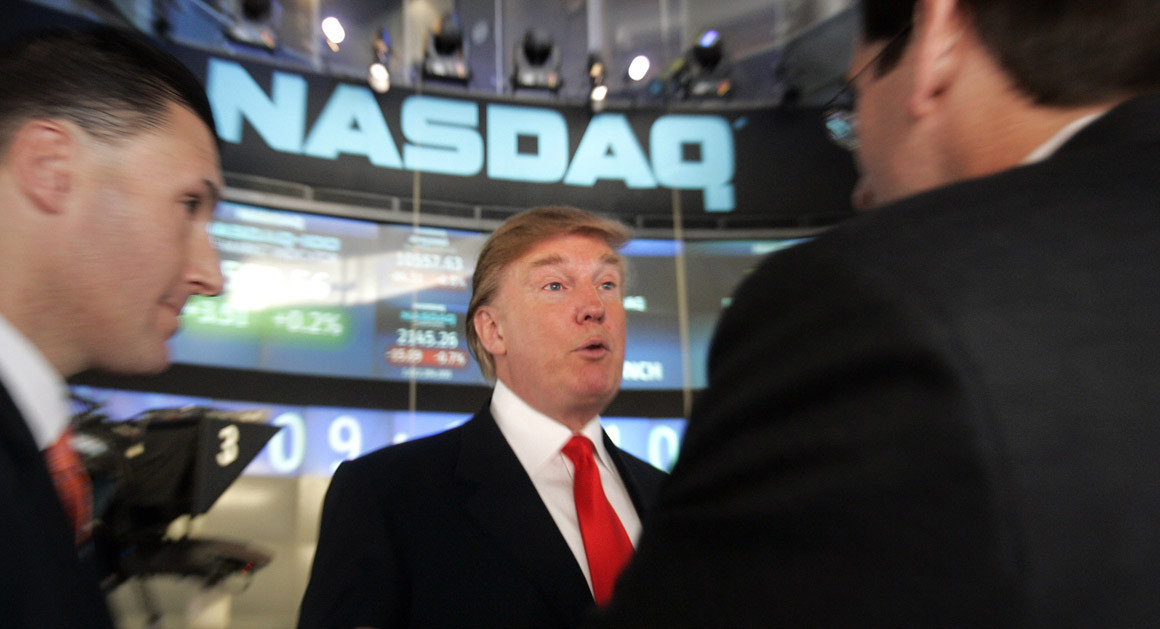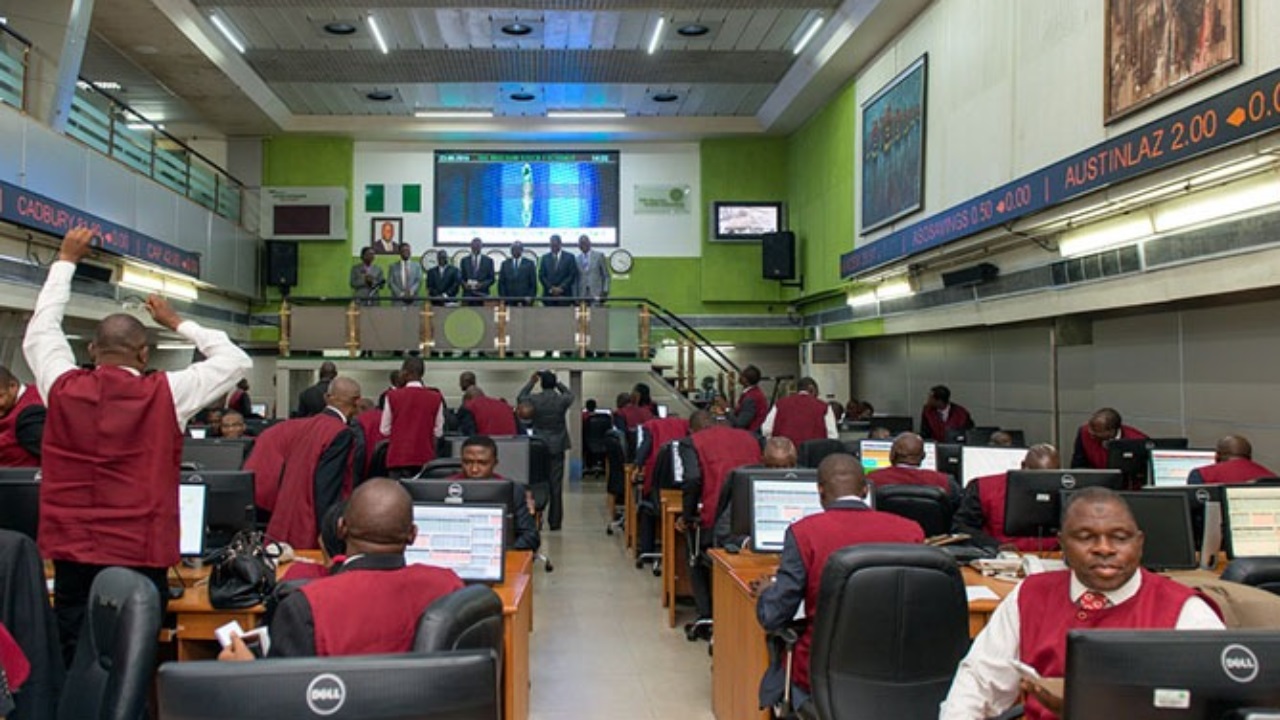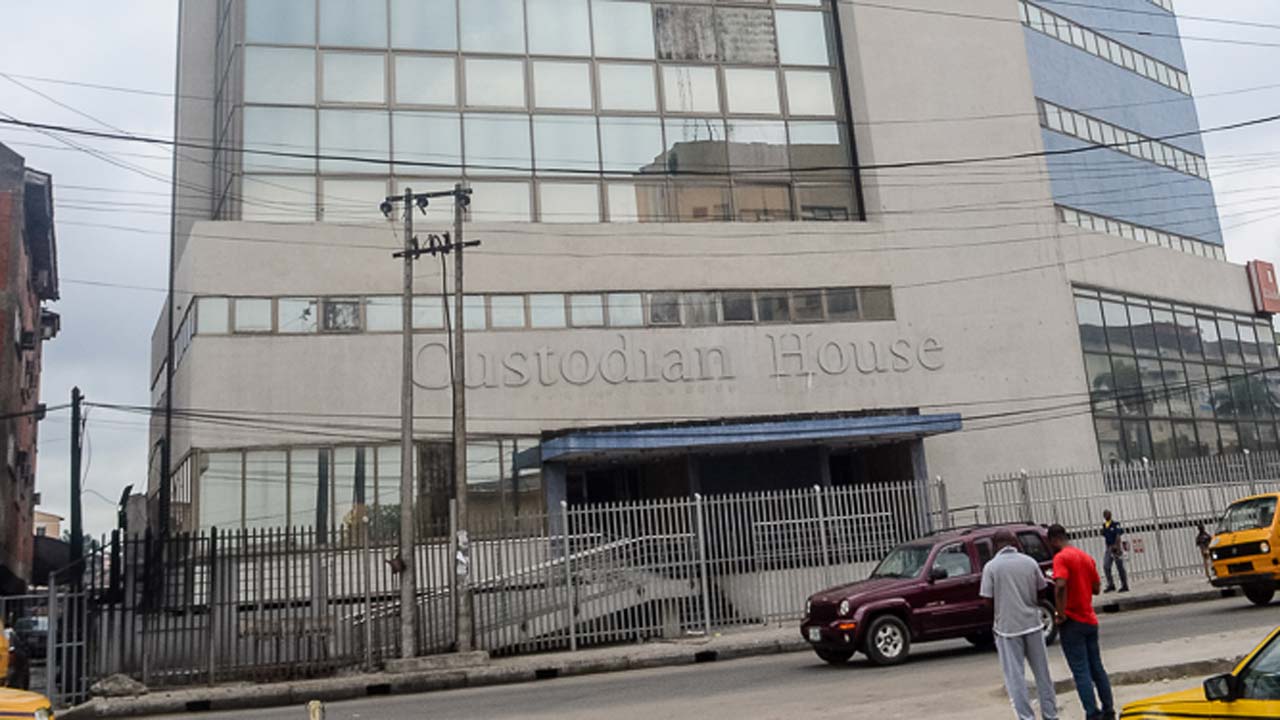Economy
Futures Climb Well Off Lows After Consumer Price Data

By Investors Hub
The major U.S. index futures have climbed well off their worst levels of the morning and are currently pointing to a roughly flat opening on Thursday.
The futures were pointing to a sharply lower open earlier in the day but rebounded as treasury yields tumbled following the release of the Labor Department?s report on consumer prices in the month of September.
The Labor Department report showed consumer prices inched up by less than expected in September, while the annual rate of consumer price growth slowed to 2.3 percent in September from 2.7 percent in August.
Treasury yields have moved notably lower following the release of the data, with the yield on the benchmark ten-year note sliding by 5.6 basis points to 3.169 percent.
The pullback by treasury yields may offset some of the recent concerns about the outlook for interest rates that contributed to the sell-off on Wednesday.
Stocks saw substantial weakness during trading on Wednesday following the mixed performances seen in the two previous sessions. The tech-heavy Nasdaq showed a particularly steep drop, falling to its lowest closing level in over three months.
The major averages saw further downside going into the close, ending the day just off their lows of the session. The Dow plunged 831.83 points or 3.2 percent to 25,598.74, the Nasdaq plummeted 315.97 points or 4.1 percent to 7,422.05 and the S&P 500 tumbled 94.66 points or 3.3 percent to 2,785.68.
Technology stocks helped to lead the way lower on Wall Street, with Netflix (NFLX), Amazon (AMZN), Apple (AAPL) and Facebook (FB) all posting significant losses on the day.
The sell-off came amid lingering concerns about the outlook for interest rates following a recent increase in treasury yields.
Treasury yields moved higher on the day following the release of a Labor Department report showing a rebound in producer prices in the month of September.
The Labor Department said its producer price index for final demand increased by 0.2 percent in September after edging down by 0.1 percent in August. Economists had expected prices to rise by 0.2 percent.
Excluding decreases in prices for food and energy, core producer prices still rose by 0.2 percent in September after slipping by 0.1 percent in August. The uptick in core prices also matched economist estimates.
The report also said the annual rate of producer price growth slowed to 2.6 percent in September from 2.8 percent in August, although the annual rate of core producer price growth accelerated to 2.5 percent from 2.3 percent.
In comments to reporters on Tuesday, President Donald Trump said he does not like the pace at which the Federal Reserve is raising interest rates.
“I like to see low interest rates,” Trump told reporters as he prepared to depart for a campaign rally in Iowa. “The Fed is doing what they think is necessary, but I don’t like what they’re doing.”
“I will say this: We’re normalizing money, and that’s good,” he added. “But I think we don’t have to go as fast.”
The comments from Trump come after the Fed raised interest rates by a quarter point to 2 to 2.25 percent last month, marking the third rate hike this year.
The Fed’s projections for future rates also pointed to one more increase in rates this year and three rate hikes next year.
Arguing that inflation has been held in check, Trump said he does not want to see Fed policy lead to a slowdown in recent economic growth.
CME Group’s FedWatch tool currently indicates an 81.4 percent chance the Fed will raise rates by another quarter point to 2.25 to 2.5 percent at its December meeting.
Energy stocks moved sharply lower over the course of the session, with a steep drop by the price of crude oil weighing on the sector.
Reflecting the weakness in the energy sector, the Philadelphia Oil Service Index plummeted by 5.6 percent, while the NYSE Arca Oil Index and the NYSE Arca Natural Gas Index both slumped by 3.8 percent.
Substantial weakness was also visible among semiconductor stocks, as reflected by the 4.5 percent plunge by the Philadelphia Semiconductor Index. The index fell to its lowest closing level in over five months.
Transportation stocks also saw significant weakness, dragging the Dow Jones Transportation Average down by 4.1 percent to a nearly three-month closing low.
Networking, retail, computer hardware, and biotechnology stocks also moved notably lower, reflecting broad based weakness on Wall Street.
Meanwhile, gold stocks were among the few groups to buck the downtrend amid an increase by the price of the precious metal.
Economy
LCCI Raises Eyebrow Over N15.52trn Debt Servicing Plan in 2026 Budget

By Adedapo Adesanya
The Lagos Chamber of Commerce and Industry (LCCI) has noted that the N15.52 trillion allocation to debt servicing in the 2026 budget remains a significant fiscal burden.
LCCI Director-General, Mrs Chinyere Almona, said this on Tuesday in Lagos via a statement in reaction to the nation’s 2026 budget of N58.18 trillion, hinging the success of the 2026 budget on execution discipline, capital efficiency, and sustained support for productive sectors.
She noted that the budget was a timely shift from macroeconomic stabilisation to growth acceleration, reflecting growing confidence in the economy.
She lauded its emphasis on production-oriented spending, with capital expenditure of N26.08 trillion, representing 45 per cent of total outlays, and significantly outweighing non-debt recurrent expenditure of N15.25 trillion.
According to Mrs Almona, this composition supports infrastructure development, industrial expansion, and productivity growth.
However, she explained that the N15.52 trillion allocation to debt servicing underscored the need for stricter borrowing discipline, enhanced revenue efficiency, and expanded public-private partnerships to safeguard investments that promote growth.
She added that a further review of the 2026 budget revealed relatively optimistic macroeconomic assumptions that may pose fiscal risks.
“The oil price benchmark of $64.85 per barrel, although lower than the $75.00 benchmark in the 2025 budget, appears optimistic when compared with the 2025 average price of about $69.60 per barrel and current prices around $60 per barrel.
“This raises downside risks to oil revenue, especially since 35.6 per cent of the total projected revenue is expected to come from oil receipts.
“Similarly, the oil production benchmark of 1.84 million barrels per day is significantly higher than the current level of approximately 1.49 million barrels per day.
“Achieving this may be challenging without substantial improvements in security, infrastructure integrity, and sector investment,” she said.
Mrs Almona said the exchange rate assumption of N1,512 to the Dollar, compared with N1,500 in the 2025 budget and about N1,446 per Dollar at the end of November, suggests expectations of a mild depreciation.
She said while this may support Naira-denominated revenue, it also increases the cost of imports, debt servicing, and inflation management, with broader macroeconomic implications.
The LCCI DG added that the inflation projection of 16.5 per cent in 2026, up from 15.8 per cent in the 2025 budget and a current rate of about 14.45 per cent, appeared optimistic, particularly in a pre-election year.
She also expressed concern about Nigeria’s historically weak budget implementation capacity, likely to be further strained by the combined operation of multiple budget cycles within a single year.
Looking ahead, Mrs Almona identified agriculture and agro-processing, manufacturing, infrastructure, energy, and human capital development as key drivers of growth in 2026.
She said that unlocking these sectors would require decisive execution—scaling irrigation and agro-value chains, reducing power and logistics costs for manufacturers, and aligning education and skills development with private-sector needs.
The LCCI head stressed the need to resolve issues surrounding the Naira for crude, increase the supply of oil to local refineries to boost local refining capacity and conserve the substantial foreign exchange used for fuel imports.
“Overall, the 2026 Budget presents a credible opportunity for Nigeria to transition from recovery to expansion.
“Its success will depend less on the size of allocations and more on execution discipline, capital efficiency, and sustained support for productive sectors.
Economy
Customs Street Chalks up 0.12% on Santa Claus Rally

By Dipo Olowookere
The Nigerian Exchange (NGX) Limited witnessed Santa Claus rally on Wednesday after it closed higher by 0.12 per cent.
Strong demand for Nigerian stocks lifted the All-Share Index (ASI) by 185.70 points during the pre-Christmas trading session to 153,539.83 points from 153,354.13 points.
In the same vein, the market capitalisation expanded at midweek by N118 billion to N97.890 trillion from the preceding day’s N97.772 trillion.
Investor sentiment on Customs Street remained bullish after closing with 36 appreciating equities and 22 depreciating equities, indicating a positive market breadth index.
Guinness Nigeria chalked up 9.98 per cent to trade at N318.60, Austin Laz improved by 9.97 per cent to N3.20, International Breweries expanded by 9.85 per cent to N14.50, Transcorp Hotels rose by 9.83 per cent to N170.90, and Aluminium Extrusion grew by 9.73 per cent to N16.35.
On the flip side, Legend Internet lost 9.26 per cent to close at N4.90, AXA Mansard shrank by 7.14 per cent to N13.00, Jaiz Bank declined by 5.45 per cent to N4.51, MTN Nigeria weakened by 5.21 per cent to N504.00, and NEM Insurance crashed by 4.74 per cent to N24.10.
Yesterday, a total of 1.8 billion shares valued at N30.1 billion exchanged hands in 19,372 deals versus the 677.4 billion shares worth N20.8 billion traded in 27,589 deals in the previous session, implying a slump in the number of deals by 29.78 per cent, and a surge in the trading volume and value by 165.72 per cent and 44.71 per cent apiece.
Abbey Mortgage Bank was the most active equity for the day after it sold 1.1 billion units worth N7.1 billion, Sterling Holdings traded 127.1 million units valued at N895.9 million, Custodian Investment exchanged 115.0 million units for N4.5 billion, First Holdco transacted 40.9 million units valued at N2.2 billion, and Access Holdings traded 38.2 million units worth N783.3 million.
Economy
Yuletide: Rite Foods Reiterates Commitment to Quality, Innovation

By Adedapo Adesanya
Nigerian food and beverage company, Rite Foods Limited, has extended warm Yuletide greetings to Nigerians as families and communities worldwide come together to celebrate the Christmas season and usher in a new year filled with hope and renewed possibilities.
In a statement, Rite Foods encouraged consumers to savour these special occasions with its wide range of quality brands, including the 13 variants of Bigi Carbonated Soft Drinks, premium Bigi Table Water, Sosa Fruit Drink in its refreshing flavours, the Fearless Energy Drink, and its tasty sausage rolls — all produced in a world-class facility with modern technology and global best practices.
Speaking on the season, the Managing Director of Rite Foods Limited, Mr Seleem Adegunwa, said the company remains deeply committed to enriching the lives of consumers beyond refreshment. According to him, the Yuletide period underscores the values of generosity, unity, and gratitude, which resonate strongly with the company’s philosophy.
“Christmas is a season that reminds us of the importance of giving, togetherness, and gratitude. At Rite Foods, we are thankful for the continued trust of Nigerians in our brands. This season strengthens our resolve to consistently deliver quality products that bring joy to everyday moments while contributing positively to society,” Mr Adegunwa stated.
He noted that the company’s steady progress in brand acceptance, operational excellence, and responsible business practices reflects a culture of continuous improvement, innovation, and responsiveness to consumer needs. These efforts, he said, have further strengthened Rite Foods’ position as a proudly Nigerian brand with growing relevance and impact across the country.
Mr Adegunwa reaffirmed that Rite Foods will continue to invest in research and development, efficient production processes, and initiatives that support communities, while maintaining quality standards across its product portfolio.
“As the year comes to a close, Rite Foods Limited wishes Nigerians a joyful Christmas celebration and a prosperous New Year filled with peace, progress, and shared success.”
-

 Feature/OPED6 years ago
Feature/OPED6 years agoDavos was Different this year
-
Travel/Tourism9 years ago
Lagos Seals Western Lodge Hotel In Ikorodu
-

 Showbiz3 years ago
Showbiz3 years agoEstranged Lover Releases Videos of Empress Njamah Bathing
-

 Banking8 years ago
Banking8 years agoSort Codes of GTBank Branches in Nigeria
-

 Economy3 years ago
Economy3 years agoSubsidy Removal: CNG at N130 Per Litre Cheaper Than Petrol—IPMAN
-

 Banking3 years ago
Banking3 years agoFirst Bank Announces Planned Downtime
-

 Banking3 years ago
Banking3 years agoSort Codes of UBA Branches in Nigeria
-

 Sports3 years ago
Sports3 years agoHighest Paid Nigerian Footballer – How Much Do Nigerian Footballers Earn




















